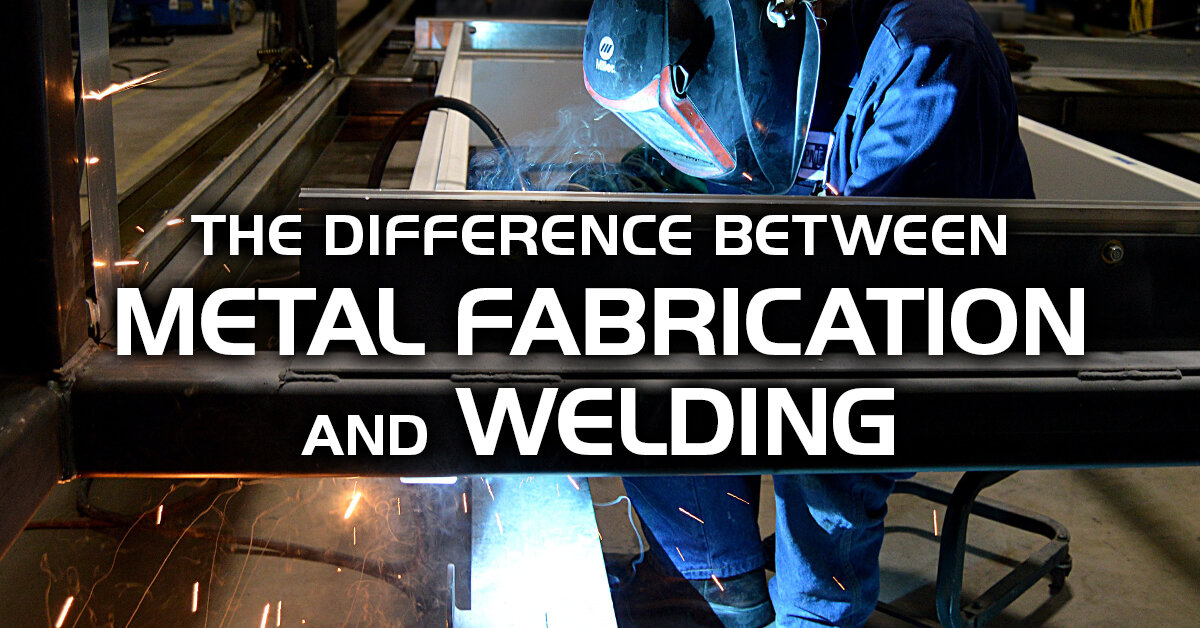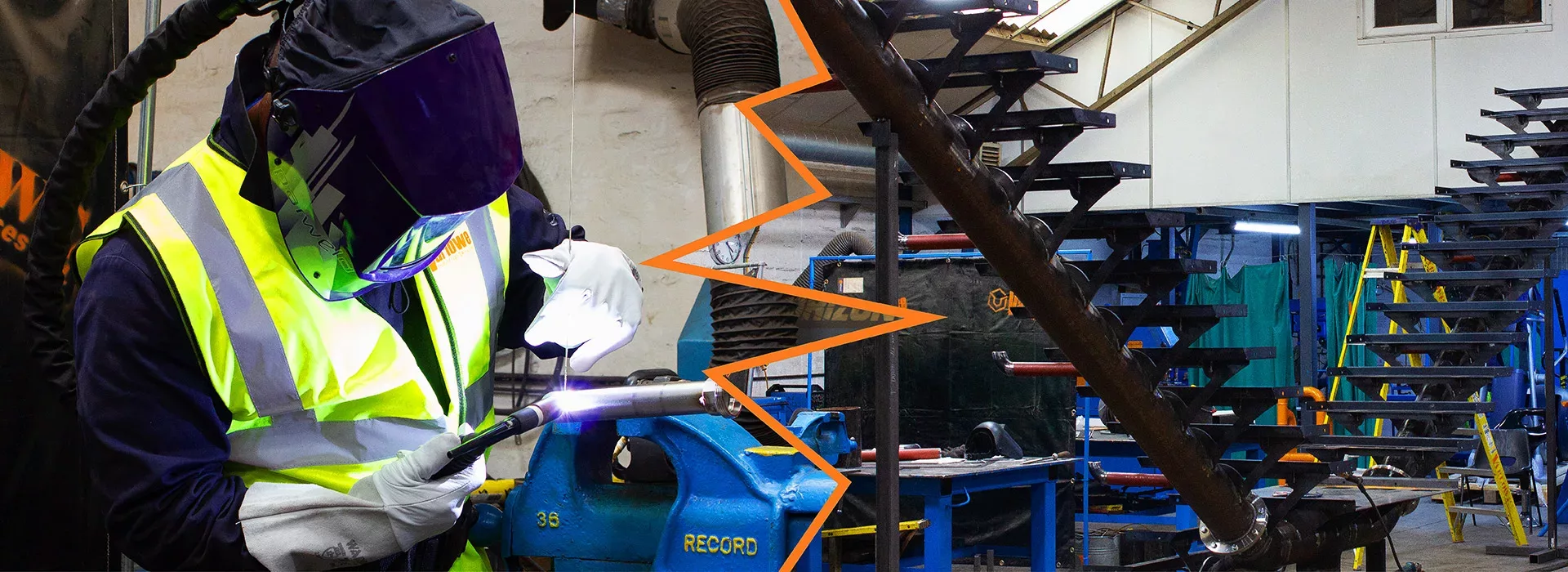Common problems explained and solved by Montana Mobile Welding and Repair Belgrade Fabrication
Wiki Article
All About Welding: Key Insights Into Techniques and Best Practices for Success
Welding incorporates a range of techniques, each suited for particular materials and applications. Comprehending these methods, such as GMAW, SMAW, and TIG, is essential for accomplishing optimal outcomes. Additionally, the best tools and safety and security methods can not be neglected. As prep work and fixing play crucial duties in the welding procedure, mastering these components can greatly enhance the top quality of the last product. What are the crucial aspects that guarantee an effective weld?Recognizing Various Welding Techniques
Welding strategies include a range of methods, each matched to certain applications and products. Among the most usual techniques are Gas Steel Arc Welding (GMAW), Protected Metal Arc Welding (SMAW), and Tungsten Inert Gas Welding (TIG) GMAW, additionally referred to as MIG welding, is preferred for its rate and adaptability, making it excellent for slim materials. SMAW, or stick welding, is favored for its simpleness and efficiency in exterior environments, especially with thicker metals. TIG welding supplies precision and control, making it ideal for complex job and non-ferrous steels (Belgrade Fabrication). Each technique has its one-of-a-kind advantages and factors to consider, enabling welders to select the very best method based upon the job's needs, product type, and desired end results. Understanding these methods is important for successful weldingNecessary Welding Equipment and Devices
While different welding strategies call for certain abilities, the best tools and tools are equally essential for achieving top quality results. Necessary welding devices includes welding machines, which vary relying on the method-- such as MIG, TIG, or stick welding. Safety gear, including aprons, helmets, and handwear covers, guarantees security and comfort throughout the procedure. On top of that, components and clamps aid safeguard products in position, making sure precision in welds. Consumables like welding rods, wire, and protecting gas are also essential elements that influence the quality of the weld. In addition, devices such as cutters and grinders help with surface prep work and post-weld finishing, adding to a specialist end result. Buying high-quality tools inevitably enhances the performance and efficiency of welding tasks.Safety And Security Practices in Welding
Appropriate safety and security practices are important in the welding sector to shield workers from possible dangers. Welders must put on ideal personal safety devices (PPE), consisting of safety helmets with correct shading, gloves, and flame-resistant clothing. Appropriate ventilation is essential to decrease direct exposure to harmful fumes and gases created during the welding procedure. Furthermore, employees ought to be learnt the right handling of welding tools to avoid crashes. Fire security steps, such as maintaining flammable materials far from the welding area and having fire extinguishers readily available, are essential. Routine examinations of equipment and offices can aid identify possible risks before they bring about accidents. By adhering to these security methods, welders can develop a safer working atmosphere and lessen risks associated with their profession.Readying Products for Welding
Preparing materials for welding is an important step that greatly influences the top quality and integrity of the end product (Fabrication). Correct preparation entails cleaning the surface areas to remove pollutants such as rust, dirt, and oil, which can compromise the weld. Strategies such as grinding, fining sand, or making use of solvents are commonly used to accomplish a clean surface. Additionally, ensuring that the materials fit together comfortably is essential; gaps can cause weak welds. It's also essential to think about the positioning and positioning of the parts, as this will influence the convenience of welding and the final end result. Choosing the ideal filler material and ensuring compatibility with the base steels is necessary for achieving strong, durable welds.Tips for Achieving High-Quality Welds
Accomplishing high-quality welds calls for interest to information and adherence to best techniques throughout the welding process. Appropriate joint prep work is important, guaranteeing surface areas are tidy and totally free from pollutants. Picking the ideal filler product and welding strategy based on the base steels is essential for perfect bonding. Preserving constant traveling speed and angle while welding can protect against defects and promote harmony. Additionally, managing warmth input is vital; extreme heat can bring about warping and weakened joints. If essential, frequently inspecting the welds throughout the procedure permits for instant modifications. Finally, using ideal post-weld treatments, such as cleaning and stress alleviation, can improve Continue the resilience and integrity of the weld, ultimately guaranteeing a successful end result.Repairing Typical Welding Issues
Welding typically provides challenges that can affect the quality and honesty of the end product. Usual issues such as porosity, irregular weld beads, and getting too hot can develop, each needing specific troubleshooting strategies. Comprehending these problems is essential for welders to boost their skills and accomplish ideal results.Porosity Problems Described
Porosity can often be ignored, it stays an essential concern in welding that can jeopardize the honesty of a finished product. Porosity describes the presence of little gas pockets within the weld bead, which can damage the click here for info joint and lead to premature failure. This problem usually develops from impurities, wetness, or incorrect securing gas protection during the welding procedure. To reduce porosity, welders ought to validate that the base products are completely dry and tidy, make use of appropriate securing gases, and maintain constant welding criteria. Frequently inspecting the equipment and setting can also aid identify prospective problems before they show up in the weld. Resolving porosity properly is necessary for achieving solid, sturdy welds that fulfill high quality standards.
Irregular Weld Beans
Inconsistent weld grains can significantly impact the high quality and toughness of a finished product. Various factors add to this issue, consisting of improper traveling rate, wrong amperage settings, and inconsistent electrode angles. When the welder relocates also rapidly, a grain might show up slim and lack infiltration, while relocating too gradually can cause extreme build-up. Furthermore, making use of the incorrect amperage can cause either damaging or too much spatter, both of which concession weld honesty. The welder's method, such as inconsistent torch motion, can additionally result in irregular grain look. To minimize these problems, welders must focus on preserving constant, regulated activities and guaranteeing correct devices setups to attain harmony in their welds. Uniformity is crucial to achieving reputable and strong welds.Getting Too Hot and Warping Issues
Extreme warm throughout the welding process can result in significant overheating and buckling concerns, impacting the architectural honesty of the workpiece. These problems frequently manifest as distortion, which can endanger alignment and fit-up, making further assembly testing. Variables adding to overheating consist of the choice of welding specifications, such as voltage and travel speed, along with the kind of product being welded. To reduce these issues, welders should maintain constant traveling rate and proper heat input while checking the work surface temperature level. Furthermore, pre-heating or post-weld warm treatment can help ease stresses triggered by rapid cooling - Montana Mobile Welding and Repair Belgrade Welding. Normal assessment and adherence to ideal techniques are vital in protecting against getting too hot and ensuring the longevity and dependability of welded frameworksFrequently Asked Questions
What Are the Occupation Opportunities in the Welding Sector?
The welding industry uses diverse job chances, consisting of settings as welders, designers, examiners, and educators. Specialists can work in manufacturing, building and construction, aerospace, and vehicle welding skills fields, gaining from solid need and affordable salaries in various functions.Just How Can I Improve My Welding Speed Without Sacrificing Top Quality?
To boost welding speed without giving up quality, one should exercise efficient strategies, keep equipment, optimize setups, and boost hand-eye coordination. Normal training and looking for feedback can likewise greatly add to achieving faster, high-grade welds.What Accreditations Are Offered for Welders?
Various qualifications exist for welders, consisting of those from the American Welding Culture (AWS), the National Facility for Building Education and Research Study (NCCER), and different industry-specific organizations. These credentials enhance employability and demonstrate ability effectiveness.Exactly How Does Welding Impact the Properties of Metals?
Welding influences the residential properties of steels by changing their microstructure, which can cause changes in ductility, solidity, and stamina. Warmth input and cooling prices during the procedure greatly impact these product features.Can I Weld Dissimilar Metals Together?

Report this wiki page